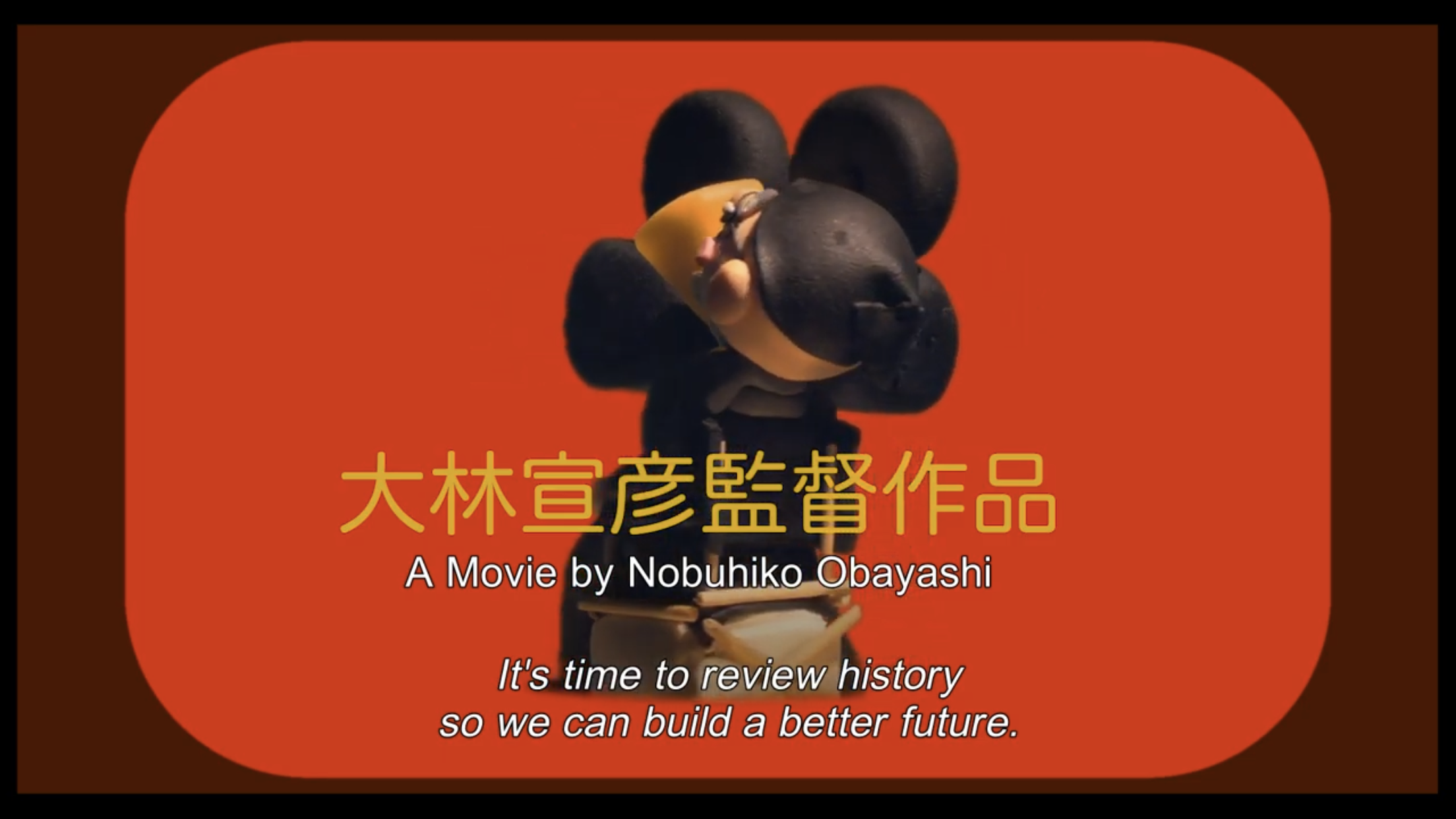IFFR 2020 - Labyrinth of Cinema
INTERNATIONAL FILM FESTIVAL ROTTERDAMŌbayashi Nobuhiko's Labyrinth of Cinema is a wild, quirky and affectionate portrayal of the power of cinema. It comes from the avant-garde auteur, with his latest feature seeing him return to the directors' chair after 2017s Hanagatami. Sadly, Nobuhiko's Labyrinth of Cinema is not just a return to cinema screeners but is the directors' cinematic swan song, after succumbing to lung cancer on 10th April 2020.
Labyrinth of Cinema is as chaotic, outrageous and unrestraint as a viewer would expect from the filmography of Ōbayashi Nobuhiko. The tone is outrageously excessive with a multitude of flavours and flair on show. It is a delinquent showcase into the mind of the infamous auteur. At just under three hours, Nobuhiko leaves no stone unturned. Character depth is explored and layers unravelled, revealing anything and everything on screen. Dozens of characters are balanced alongside approximately five different periods, including the Samurai era, Chinese occupation and the bombings of Hiroshima. It is an achievement in its own right that Nobuhiko manages to remotely find cohesive stability, let alone manage to conquer such an enormous narrative. However, from the crazed cinematic exploits of Ōbayashi Nobuhiko, Labyrinth of Cinema is a breeze to uncover.
The edit from the writer-director is undoubtedly the highlight of this majestic piece of cinema. Aforementioned, the running time combined with the multiple narratives is a lot to cover. However, to Nobuhiko's credit, the auteur injects a constant stream of charismatic and visual bravado into each frame. While the length may be strenuous, it is never an eyesore as it provides a wonderfully produced aesthetic. At times, said edit is a marvel and curiosity to behold. Constant jump cuts that still retain a singular narrative and edits that rearrange camera arrangement all bizarrely add a form of depth. Further squeezing in a contextual mood to elevate the feature to an even stranger and engaging insignia.
Throughout the feature, the production design –while keeping the tone of chaos intact – is a constant and continuous delight on the eyes from production designer Takeuchi Koichi. The theatre aesthetic is brought to life in magnificent style and prowess, undeniably helped by the feature performances. Takuro Atsuki, Takahito Hosoyamada, and Yoshihiko Hosoda star as the trio of time travelling performers who each add individualism and uniqueness to their respective roles, specifically in the time periods their characters are developed and elevated with dynamic emotional range. That being said, it is the central performance of Rei Yoshida that is the glue that keeps this feature together. Yoshida showcases a tremendous range and ability to juggle tone and genre with ease.
Labyrinth of Cinema is as bittersweet as they come. An original and spectacular imaginative exhibition from start to finish. It screams the creative artistic vision from an auteur, yet coincidentally feels like an opus to a majestic no holes barred creator that ironically sums up his lives work. Feeling like a poetic full stop yet undeniably implies that the distinctive bravado of Ōbayashi Nobuhiko would have continued for years to come.


